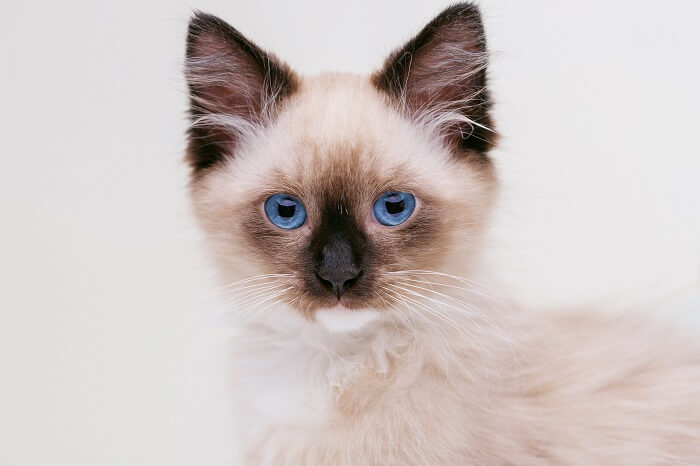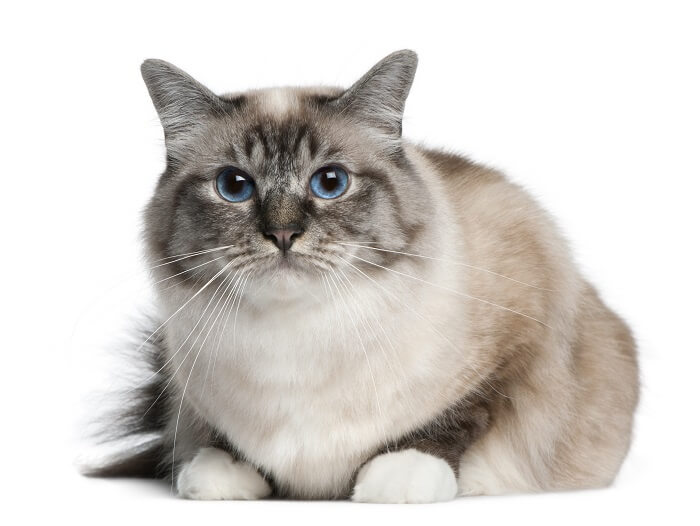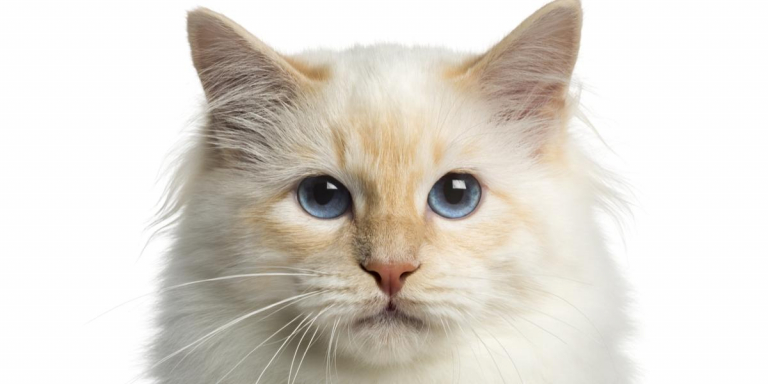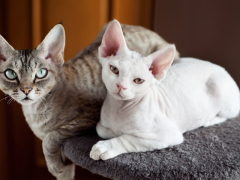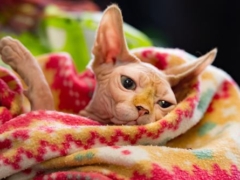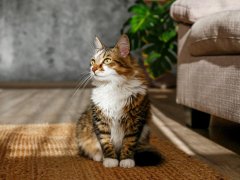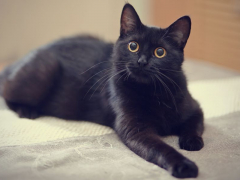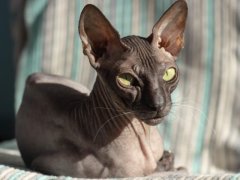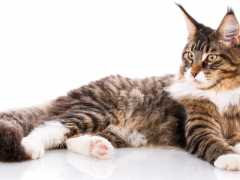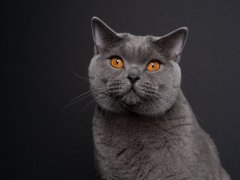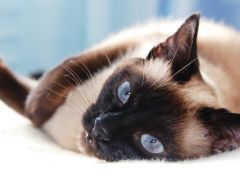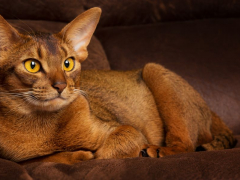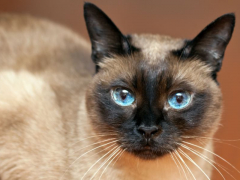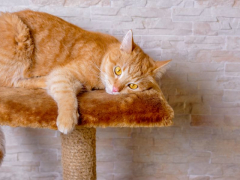Personality and Temperament
Also known as the sacred cat of Burma, the Birman cat is a large, long-haired breed with a heavy bone structure. Most of these cats exceed 12 pounds once they reach adulthood. Birman cats tend to be quiet, a bit shy with strangers, and they can be somewhat reserved even with people they know well. They have a tendency to attach themselves to a single person, so if you're someone who's looking for a loyal cat that loves you above all others, the Birman might be for you!
Birman cats have soft, silky fur in a creamy, pale eggshell color. Darker points similar to the markings on a Siamese are present, along with white “mitts” or snowshoe feet. Stunning blue eyes are another unique feature of the Birman cat breed.
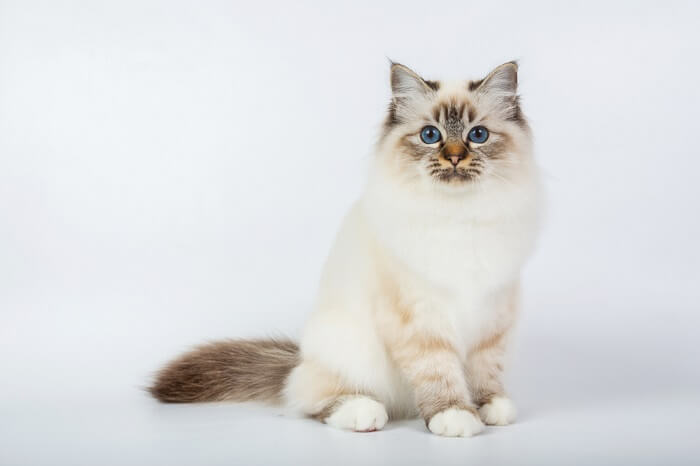
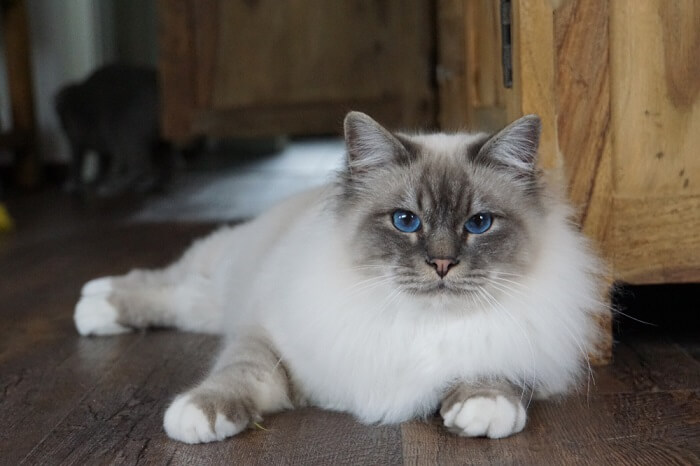
Care
Nutrition
Grooming
Exercise
Health
Birman cats do not have any special nutritional requirements, however they thrive on high-protein diets. We recommend feeding your Birman cat a high-quality cat food.
Even though Birman cats have long hair, they are relatively easy to care for compared with many other long-haired cat breeds. The Birman cat's hair is fine and silky, with a single coat that is not prone to matting. Routine brushing – at least once daily – will help keep this kitty's coat in great shape and provide both of you with a pleasant bonding experience.
You may also wish to brush your cat's teeth, and you may want to keep their toenails trimmed.
Birman cats need plenty of exercise each day and you may need to help them get it. These cats love to lounge; however, they will happily play with toys when encouraged to do so. A cat tree is ideal for napping, but it's also essential for stretching and climbing.
Catnip infused toys can bring out this normally sedate feline's playful side!
While the Birman cat has a reputation for overall good health, these kitties can be prone to obesity. Keep your cat active, and make sure that you are offering an appropriate, high-protein diet to help your cat maintain a healthy, comfortable weight.
History
Many cats come with unique stories attached, but the Birman is unique in that the breed is surrounded in mystery. As the legend goes, a Kittah priest called Mun-Ha was worshiping at the Temple of Lao-Tsun, accompanied by a white temple cat named Sinh.
Raiders entered the temple and killed Mun-Ha. As the priest lay dying, Sinh placed his feet on his body and faced the goddess Tsun-Kyan-Kse. The cat was transformed; his body turns to a golden color, his eyes turned blue, and his legs changed to brown. His feet remained white where they touched his master. Legend says that the Birman cat's white feet are a symbol of purity. At the same time, the rest of the temple cats were transformed, taking on the same appearance as Sinh.
The temple of Lao-Tsun was actually raided again in 1919. Two men, Major Gordon Russell and Auguste Pavie, came to the aid of the priests. As a gesture of gratitude, the priests gave the men a breeding pair of Birman cats, which were transported to France. It is believed that many Birman foundation cats were Siamese.
Sadly, the end of World War II saw only one pair of Birman cats remaining alive, even though the breed had begun to gain popularity. By the 1960s though, there were enough Birman cats to allow for importation into England. The breed gained popularity, and by 1966, was officially recognized by British cat fancy associations.
The first Birman cats arrived in America in 1959 and CFA granted the breed official recognition in 1967.
